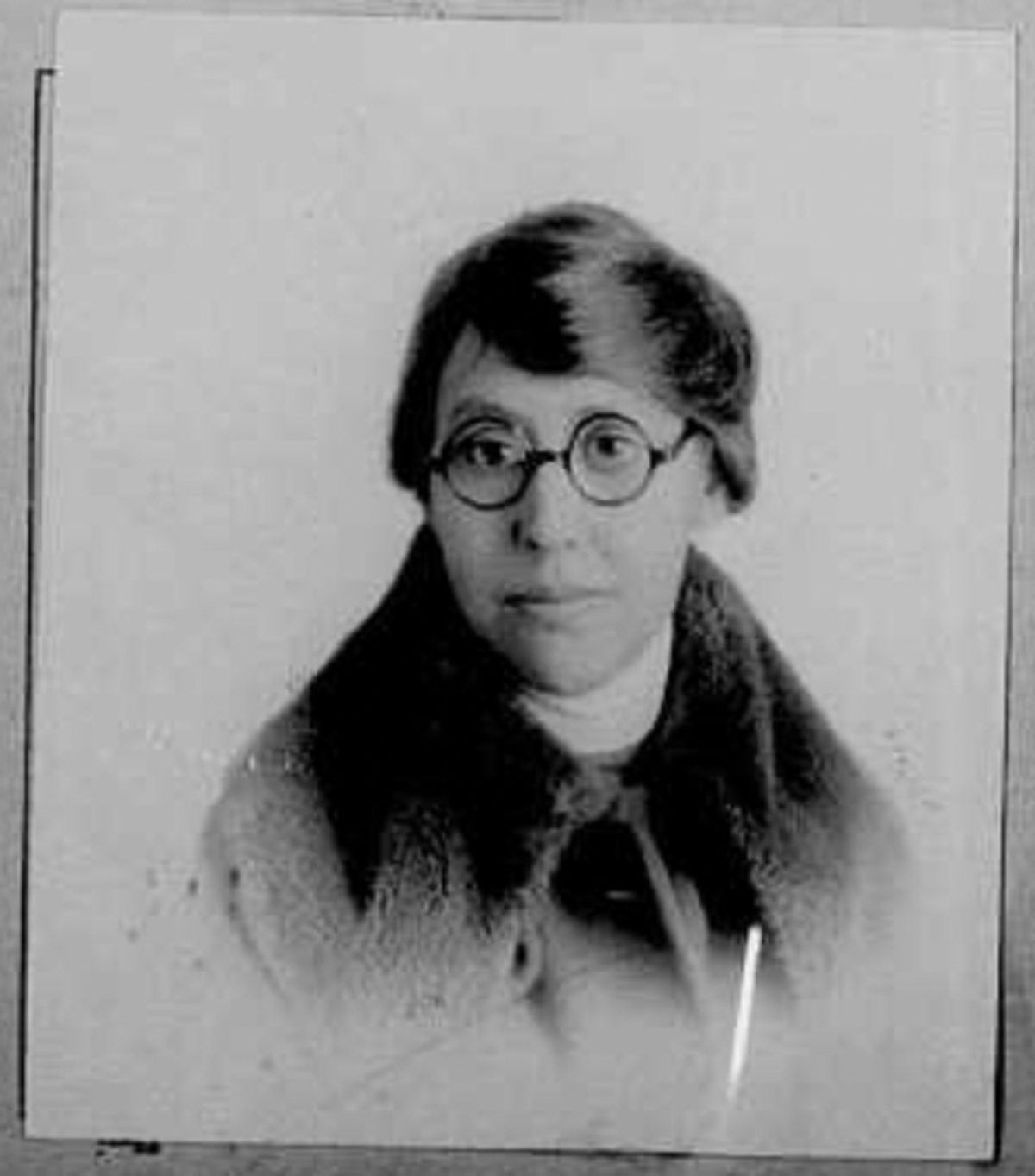Awake! Ye Sisters All: Sisterhood in Boston’s Women’s Voter Registers
Awake! Awake! ye sisters all, in this our glorious land, and muster to the bugle call to lend a helping hand; to set the strife where such be rife, good will to all and cheer, clean government, new lease of life, God’s will on earth be here.
From the 19th century onward, women suffrage leaders made appeals to their fellow women by addressing them as sisters and calling on them to support each other in fighting for the right to vote. The Boston’s Women Voter Registers display the diverse, multi-generational, multi-ethnic sisterhood that came together to claim the right to vote in 1920. Taking a closer look at the data recorded by clerks, one can also find many different sorts of sisters who registered to vote together: biological sisters, sisters by marriage, sorority sisters, and even religious sisters.
Sisters Genevieve and Estella Dellagana registered to vote in October 1920. At the time, they lived with their older sisters, widowed mother, and two other families in a three-decker on Geneva Avenue in Dorchester. Genevieve was employed as a dressmaker, while Estella was an operator for the New England Telephone and Telegraph Company. Born in Philadelphia in the 1890s, they made their way to Boston with their family by 1910. According to United States Census records, their mother, Louisa, was a second-generation French-American, and their father, James B. Dellagana, was born in the Italian-speaking region of Switzerland. Further research indicates that James was a pioneer of the printing technology known as stereotyping, while their step-brother, James J. Dellagana, was employed at the Boston Globe and served as president of the Stereotypers Union No. 2 of Boston.
Neither Genevieve, nor Estella, nor their eldest sister Louise married, and the three rented homes together in Dorchester for at least 30 years. Genevieve eventually transferred her sewing skills from dressmaking to instructing students at the Trade High School for Girls in the Fenway, while Estella remained employed as a telephone operator. Estella’s obituary, written upon her passing at the age of 78, illustrates how devoted the sisters were to each other: “In Dorchester, Aug. 2, Estelle M., beloved sister of Miss Genevieve Dellagana . . . . Internment Cedar Grove Cemetery. Late member of New England Telephone Pioneers and Ladies of Charity, Carney Hospital.”
The same day that the Dellagana sisters registered to vote in Dorchester, another pair across the City claimed their right to the ballot. According to their registers, Margaret S. Winslow and Stella Sweitzer both lived at the same address on Temple Street in the West End. The voting clerk recorded that they were both sisters in the Order of St. Anne. This religious order was fairly new; founded in 1910 by Rev. Frederick Cecil Powell, the Episcopal Order of St. Anne housed their convent on Temple Street. Interestingly, the convent accommodated a small printing operation, which produced cards and tracts. It is unclear how Winslow and Sweitzer spent their time in the order, but newspaper reports suggest that the Order of St. Anne sisters largely supported their religious work through secular jobs in the medical field. Sister Dorothy Tibbetts was a research associate in the Massachusetts General Hospital laboratories, while Sister Grace, formerly known as Helen Giddings, was employed as a nurse. Stella Sweitzer left the order by 1923, when she immigrated to Ontario, Canada and married an Anglican reverend. The Order of St. Anne relocated across the river to Cambridge in the 1950s, eventually ending their affiliation with the parish of St. John the Evangelist on neighboring Bowdoin Street.
You can find more sisters in the Women’s Voter Registers, transcribed by members of the Mary Eliza Project. Biological sisters can be easy to spot; look out for sequential registrants with the same surname or whose fathers share identical naturalization information. Other types of sisters can be less obvious to detect in the registers, but the data recorded in the address and occupation fields lend itself to further research and discovery. The 50,000 Boston women who came together to claim their right to vote in 1920 formed a complex sisterhood. The registers record their similarities and their differences; yet, once they successfully answered the clerk’s questions, presented the correct paperwork, and signed their names in the register, these sisters all claimed their equal right as women and as citizens to suffrage.
Further Reading:
- “American Women Won the Right to Vote After the Suffrage Movement Became More Diverse. That’s No Coincidence.” Ellen Carol Dubois, Time: https://time.com/5787130/suffrage-history-diversity/
- “Traversing New Terrain: Registering Boston’s Women Voters in 1920"
- “Suffrage Marching Song,” 1914, Library of Congress
- Telephone Operators Strike of 1919, Mass Moment
- A Guide Book; or, Microcosmographia Religiosa, Describing the Life and Work of St. John's House, Arlington Heights, Massachusetts, and Other Convents of the Order of St. Anne, Published at St. Anne’s House, 1923, HathiTrust
Anna Boyles is a dual-degree student in History and Archives Management at Simmons University.





